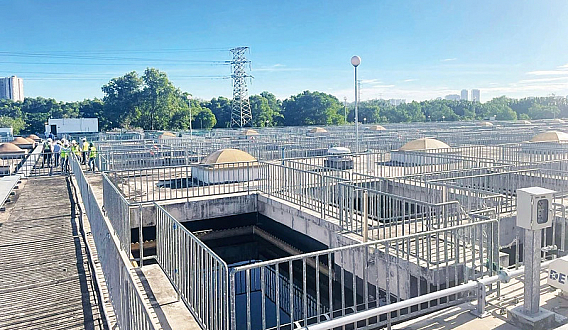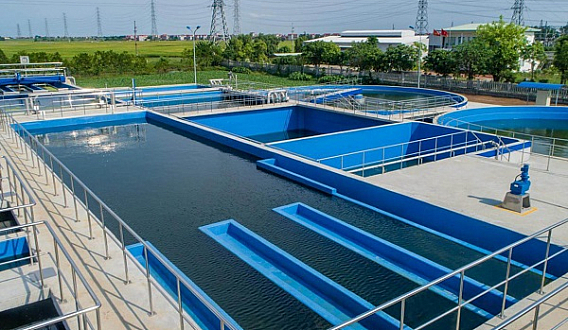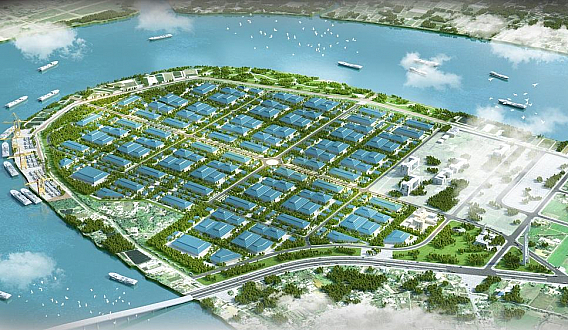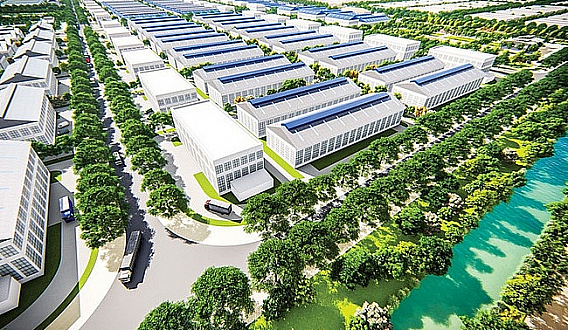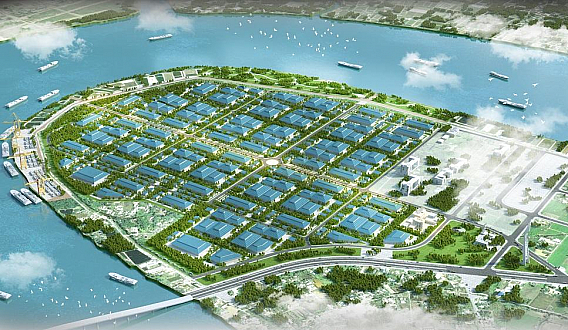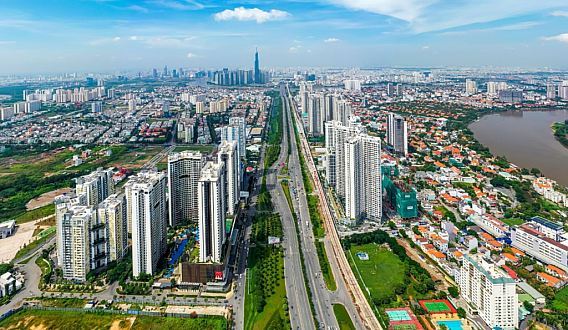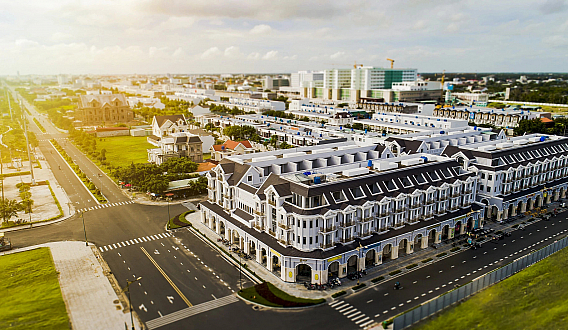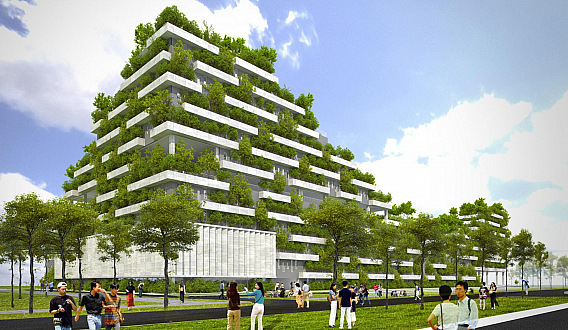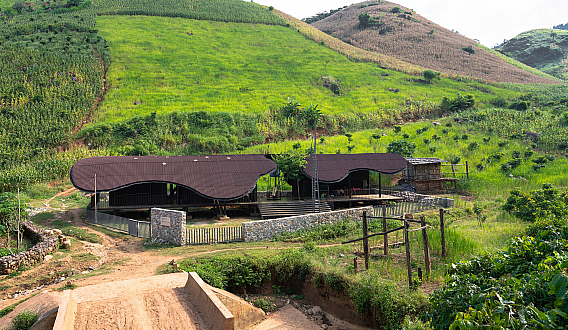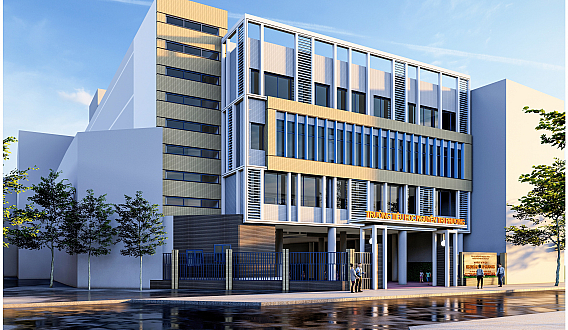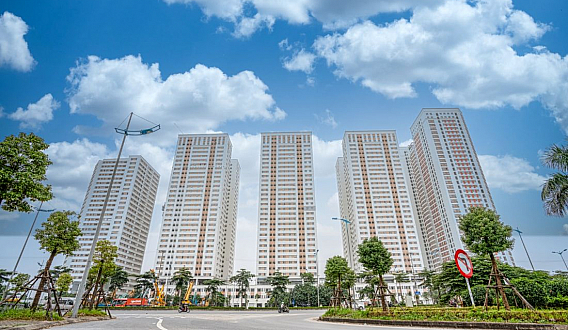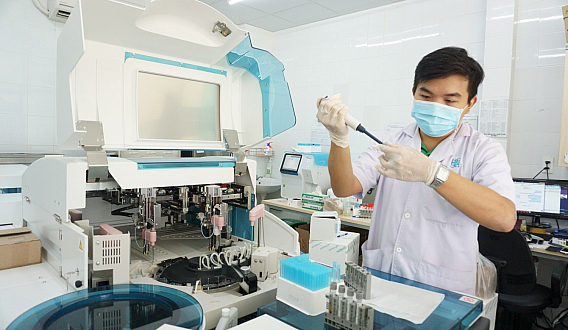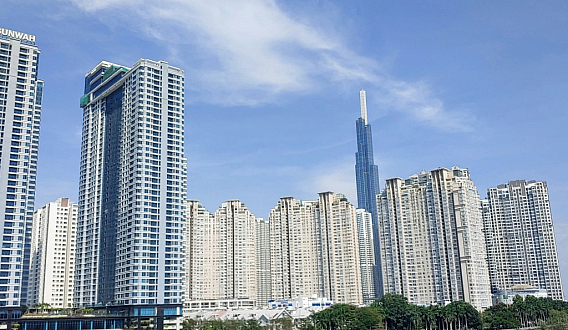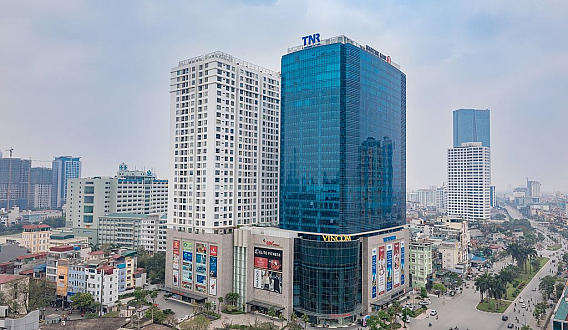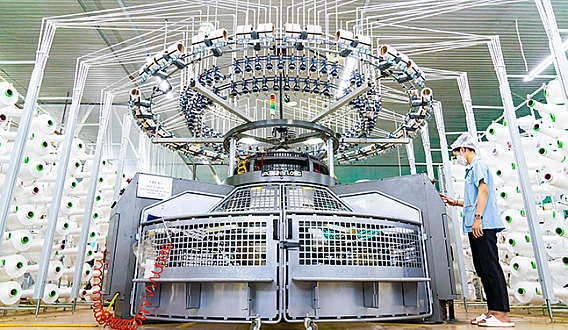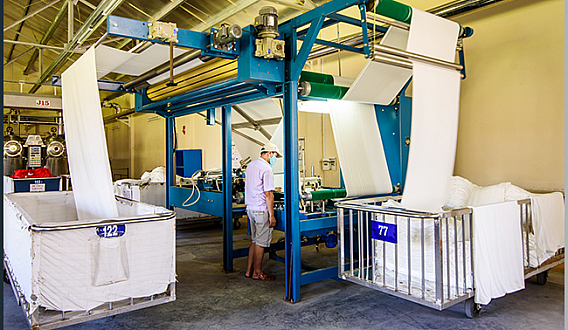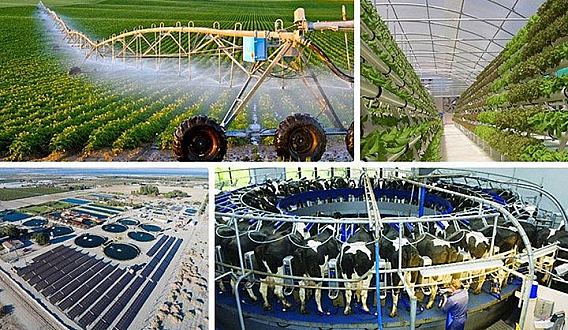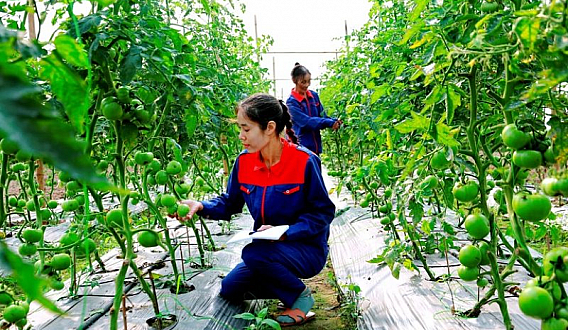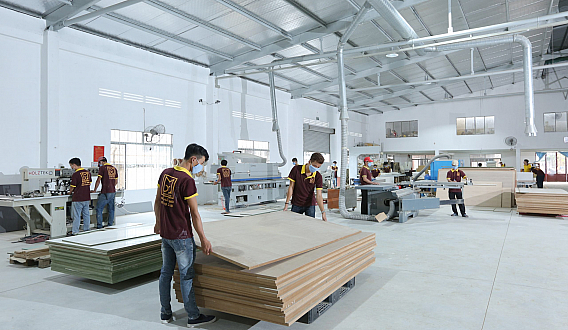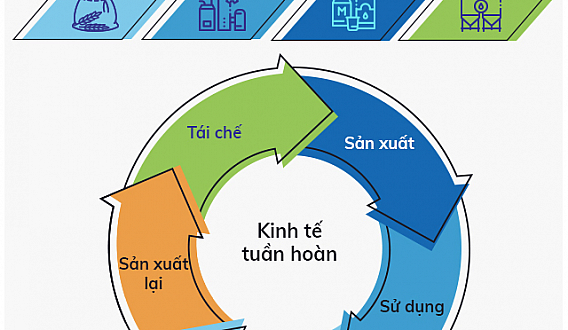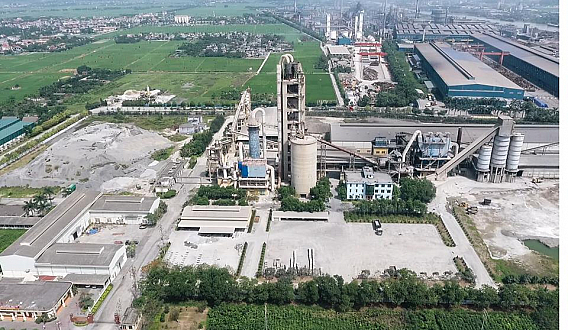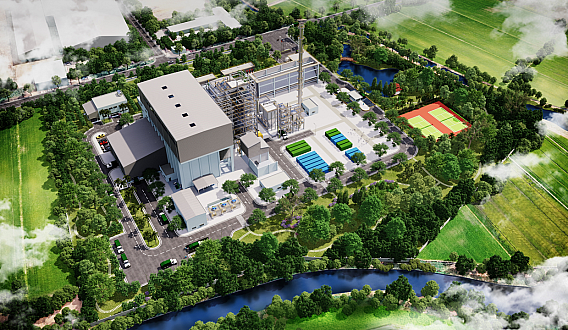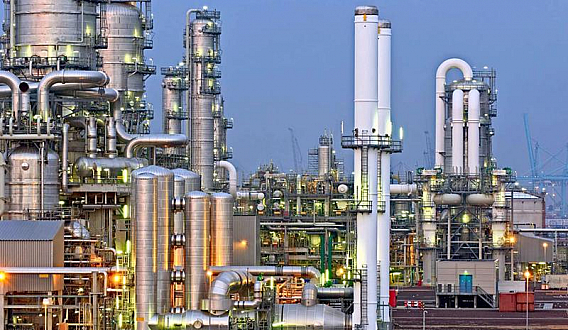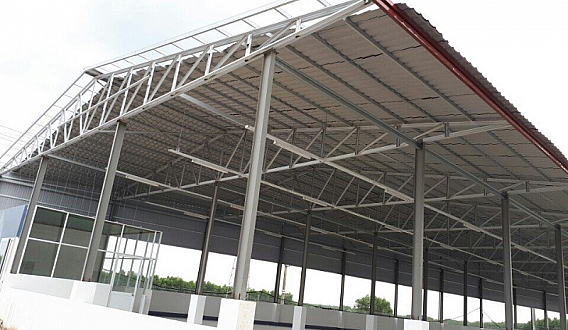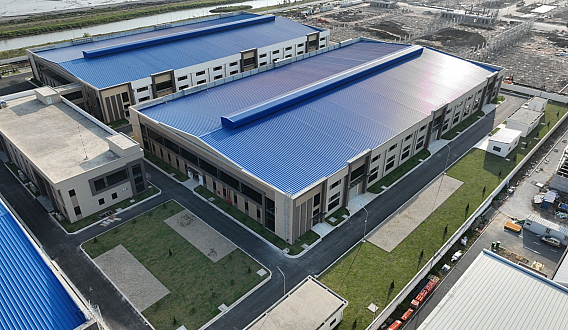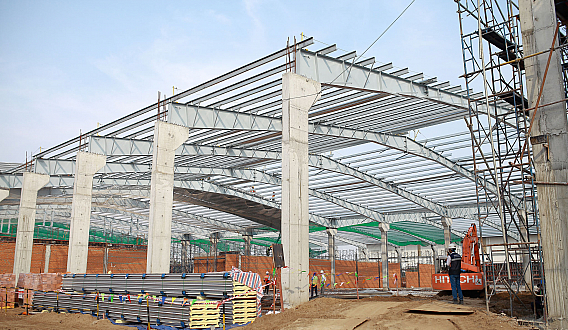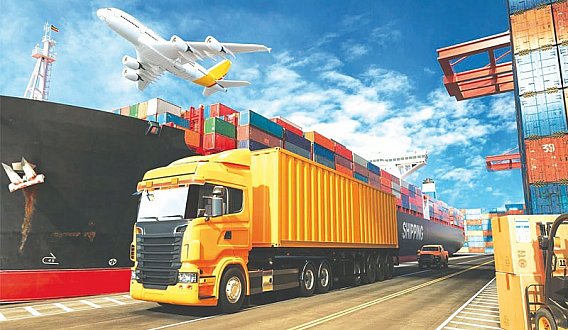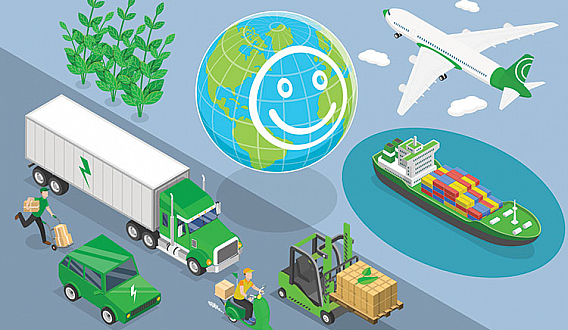The wood industry expects to reach an export turnover of 18 billion USD
The wood industry expects to reach an export turnover of 18 billion USD
In 2023, the wood industry is expected to achieve a growth rate of 7-9%, equivalent to over 18 billion USD. If there are no major changes, it is expected that by Q2/2023, basic orders will be restored, reaching around 82-85%...
Speaking at the annual conference of the Ministry of Agriculture and Rural Development last weekend, Mr. Do Xuan Lap, Chairman of the Vietnam Timber and Forest Product Association, said that in 2022, the wood industry achieved a growth rate of 7.1%. This is considered the most difficult year for the wood industry so far. The growth of the industry mainly comes from markets such as Northeast Asia, the Pacific, South Korea, and Japan...
The North American and EU markets are stagnant due to recession.
According to Mr. Lap, in the second half of 2022, the processing and export of wood products in the provinces faced difficulties due to a lack of capital, input materials, and high prices, affecting the consumption market. Many wood export enterprises have had to reduce labor, limit production due to unsold products.
"Previously, during the year-end period, most wood industry enterprises were very busy, working overtime to meet export orders to Europe and preparing orders for the following year. However, this year, there is a lot of inventory in wood industry enterprises, and so far, many businesses have not signed any export contracts for 2023, leading to cautious production," Mr. Lap said.
In the total industry turnover of 16.928 billion USD in 2022, deep processing products only accounted for just over half. The reason is that the two main import markets for these products, the United States and the EU, were almost "frozen" during the last 3 quarters of 2022. The wood industry only had the opportunity to utilize the market in Q1/2022, thanks to old orders from 2021.
Mr. Lap believes that if there are no major changes, it is expected that by Q2/2023, basic orders will be restored, reaching around 82-85%. This is considered the bright spot in the new year. In 2023, the wood industry is expected to achieve a growth rate of 7-9%, equivalent to over 18 billion USD.
To achieve this, the wood industry will continue to focus on enhancing competitiveness for businesses by implementing various solutions: promoting the use of domestically planted forests and reducing the use of imported wood; applying scientific and technological advances to improve labor productivity; promoting digital transformation to reduce production costs; promoting low-emission production; collaborating with localities to build concentrated processing industrial zones; intensifying trade promotion activities, organizing major international trade fairs, striving to organize 4 major fairs per year regularly from 2024...
Quality improvement of forests is necessary.
Mr. Lap raised another issue that raw materials for wood production are also facing difficulties. Currently, 65% of the wood raw materials used for production by enterprises are domestically planted forests, and 35% are imported. In the past two years, due to the impact of the pandemic, high shipping costs, high container rental fees, and high fuel prices have caused difficulties for wood processing and export businesses.
"The key to the wood industry now is the raw material problem. To operate sustainable and high value-added exports, Vietnam must vigorously develop large FSC-certified sustainable forests. In the short term, there needs to be preferential mechanisms to attract enterprises to invest in planted forests," emphasized Mr. Lap.
Mr. Nguyen Quoc Tri, Deputy Minister of Agriculture and Rural Development, assessed that the forestry industry has achieved and exceeded all 5 Government-assigned targets, including afforestation, forest protection, forest product exploitation, forest environmental services, and export value.
Accordingly, the Ministry of Agriculture and Rural Development will transfer ownership of the reduced greenhouse gas emission volume from natural forests to the Forest Carbon Partnership Fund entrusted to the International Reconstruction and Development Bank (ERPA agreement), including a signed emission reduction volume of 10.3 million tons of CO and a maximum additional emission reduction volume of 5 million tons of CO2 (if any).
Beneficiaries of the agreement include: forest owners, commune-level People's Committees that participate in the agreement, local communities, the Vietnam Forest Protection and Development Fund, and funds under the control of 6 provinces. For livelihood development support activities, the support quota is clearly stated in Decree 107 at 50 million VND per community per year.


